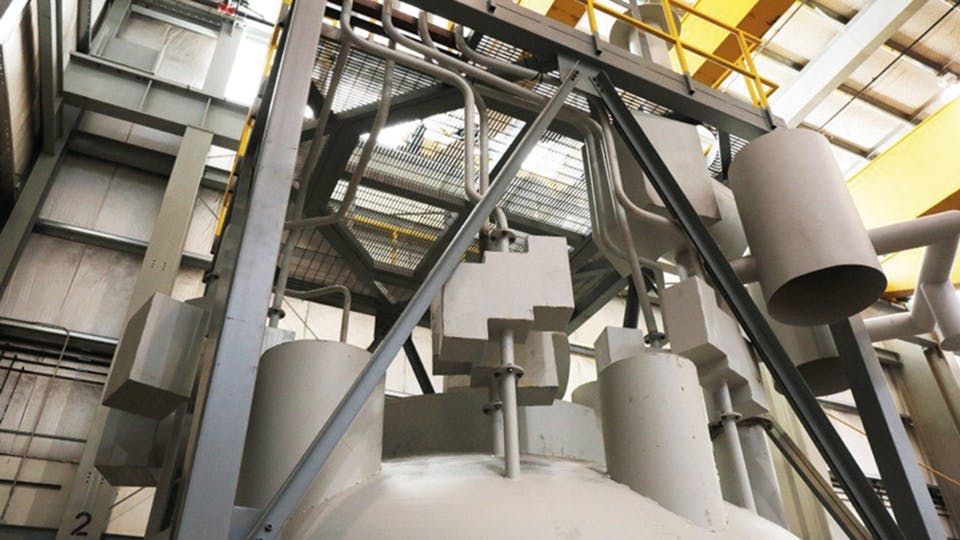What are fourth-generation reactors?
Gen IV reactors are advanced technology reactors still at the research or prototype stage. They will reach industrial maturity after Gen III reactors, which include EPRs and are currently being deployed. There are six types of Gen IV reactors. They are more efficient and generate less nuclear waste. Today, many start-ups are developing compact and modular Gen IV reactors called AMRs.
What new fuels are being slated for these reactors?
There are multiple fuel categories tailored to the various types of Gen IV reactor, depending on the fissile materials they contain, their chemical form and their geometry. For example, fuels based on HALEU, plutonium and other actinides are being developed in solid (oxide pellets, metal, TRISO beads) or liquid form (molten salt).
What specific advances are there in molten salt reactors?
This is a breakthrough technology compared to all other Gen IV reactors. Its distinctive feature is that the fuel is liquid and takes the form of high-temperature molten salt. This is a highly promising technology as it is intrinsically safe. The molten salt reactor has a high energy yield, is highly flexible and, above all, is capable of using minor actinides currently considered as waste. This concept opens up new perspectives for reducing the volume and radiotoxicity of tomorrow’s waste. Orano is working with several start-ups on this new technology.
What added value does Orano contribute?
Orano covers all stages of the fuel cycle. We are therefore well positioned to develop and supply many of these new fuels. Orano also handles their fuel management after use in the reactor, including recycling and safe waste packaging.
We can adapt our industrial facilities to supply the fissile materials in the requisite form. In particular, we are developing new processes for manufacturing molten fuel salts, drawing on industrial expertise in the purification and extraction of radioactive materials at our Orano la Hague facility.



